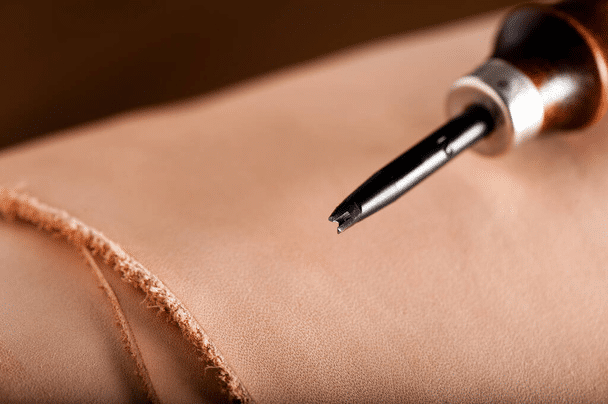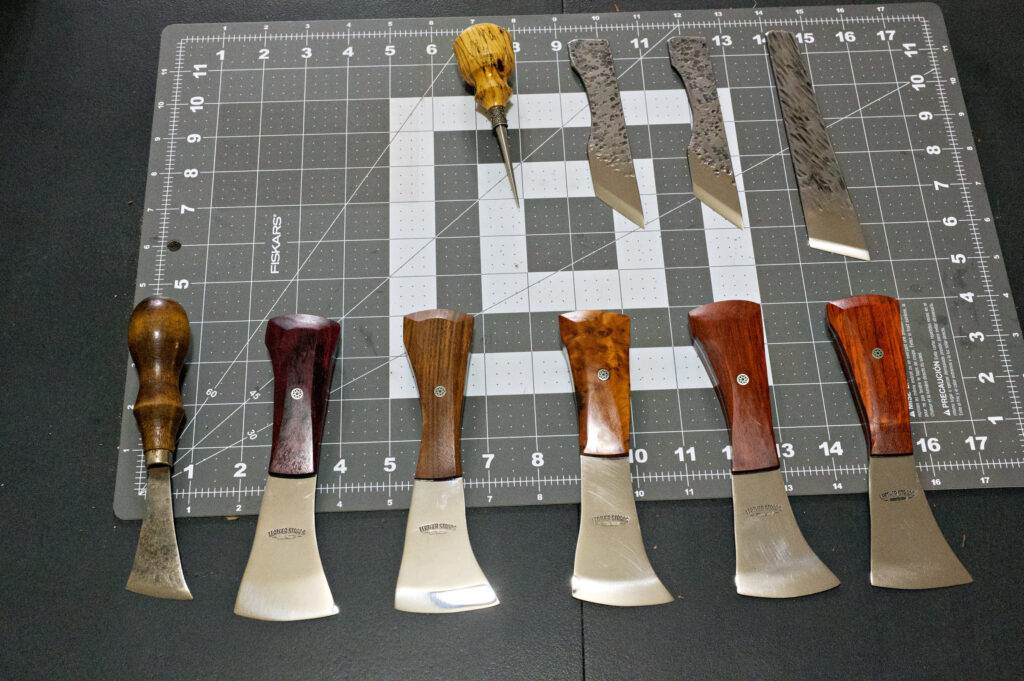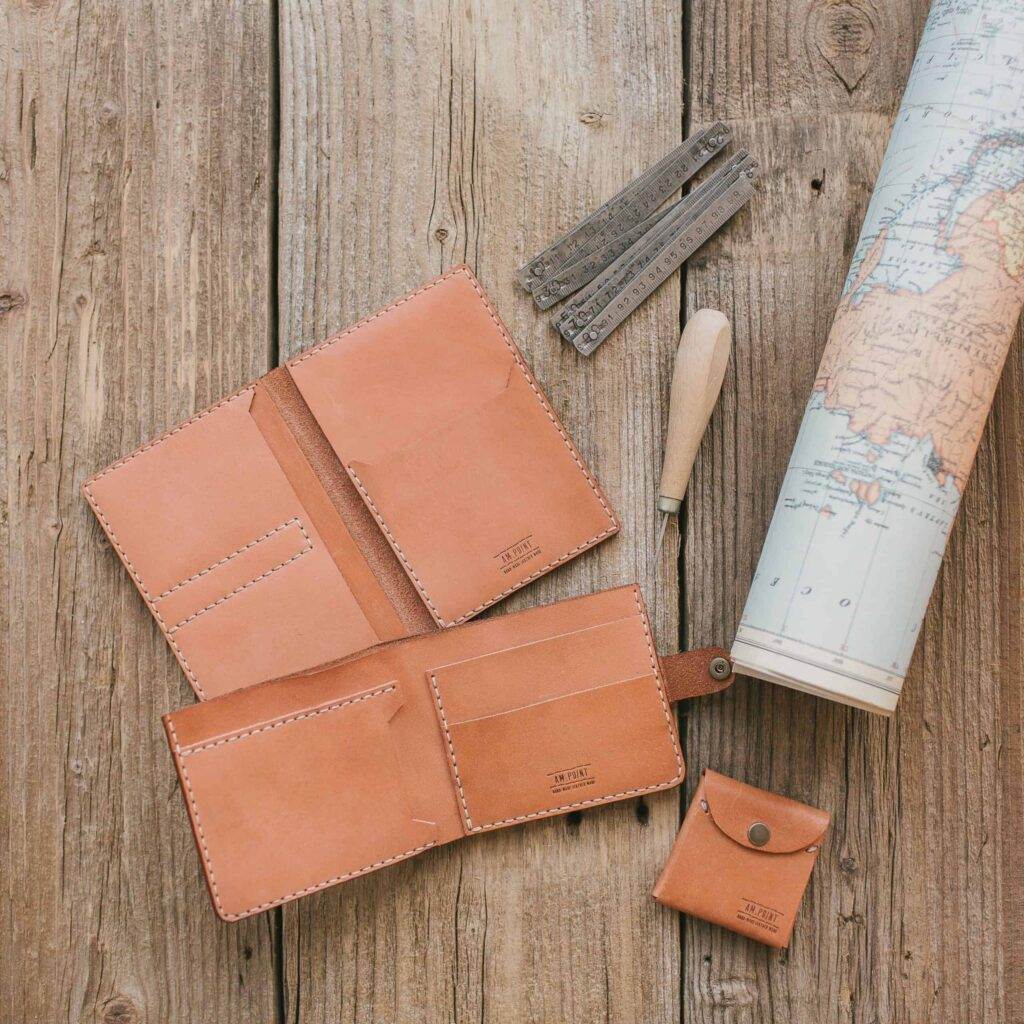Leathercraft Measuring and Marking Techniques
Accurate measurements are the cornerstone of successful leathercraft. Whether you are crafting a simple wallet or a complex bag, precision in measurement ensures that each piece fits together seamlessly. Leather is a material that does not forgive mistakes; a small error in measurement can lead to misaligned seams, uneven edges, or even the complete failure of a project.
This is particularly crucial when working with high-quality leather, where the cost of materials can be significant. Therefore, taking the time to measure accurately not only saves time and resources but also enhances the overall quality of the finished product. Moreover, accurate measurements contribute to the aesthetic appeal of leather items.
Well-measured pieces exhibit symmetry and balance, which are essential for creating visually pleasing designs. In leathercraft, where craftsmanship is often judged by the precision of the work, ensuring that every cut and stitch is executed with care can elevate a project from ordinary to extraordinary. This attention to detail reflects the maker’s skill and dedication, ultimately leading to greater satisfaction for both the craftsman and the end user.
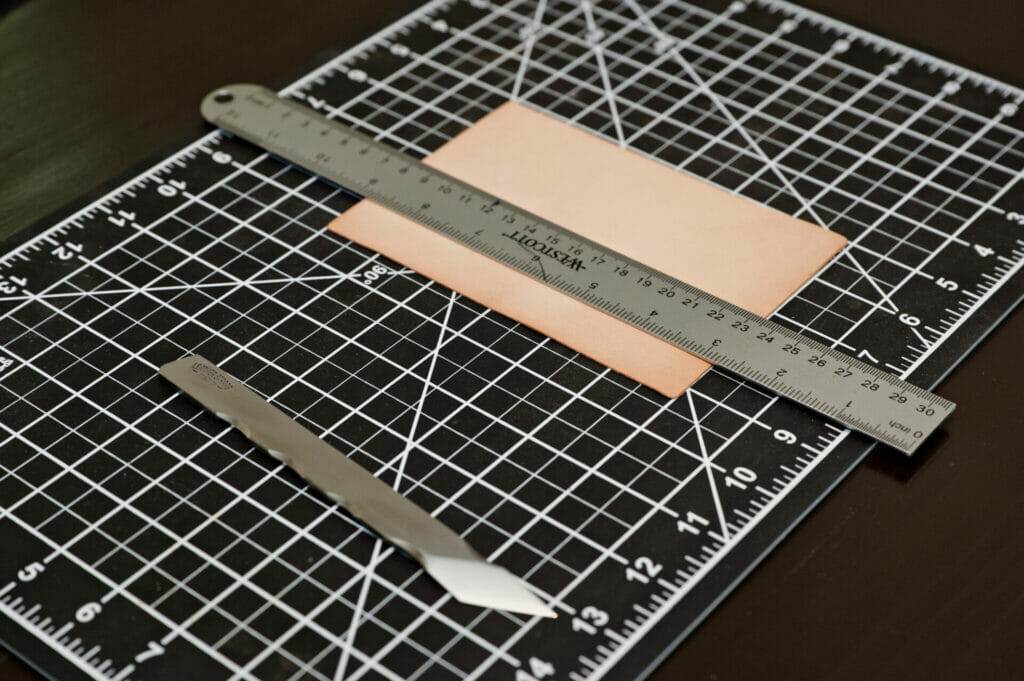
Key Takeaways
- Accurate measurements are crucial in leathercraft to ensure a precise and professional outcome.
- Essential tools for measuring and marking in leathercraft include a ruler, wing divider, and leather marking pen.
- Techniques for measuring leather for cutting include using a ruler or wing divider to mark the desired dimensions and cutting along the marked lines.
- When marking leather for stitching and tooling, it’s important to use a leather marking pen or stylus to create precise and consistent markings.
- Advanced measuring and marking techniques are necessary for complex leather projects, such as creating intricate patterns and designs.
Essential Tools for Measuring and Marking in Leathercraft
To achieve accuracy in leathercraft, having the right tools for measuring and marking is essential. A reliable ruler or straightedge is fundamental for measuring lengths and ensuring straight cuts. Metal rulers are often preferred due to their durability and ability to provide precise measurements without warping over time.
Additionally, a flexible measuring tape can be invaluable for measuring curves and irregular shapes, allowing for greater versatility in design. Marking tools are equally important in the leathercraft process. A sharp pencil or a specialized leather marking pen can help create clear lines that guide cutting and stitching.
For more permanent markings, a scratch awl or a stylus can be used to etch lines directly onto the leather surface. These tools allow for precision and clarity, ensuring that every mark serves its purpose without compromising the integrity of the leather. Investing in high-quality measuring and marking tools can significantly enhance the accuracy and efficiency of any leathercraft project.
Techniques for Measuring Leather for Cutting
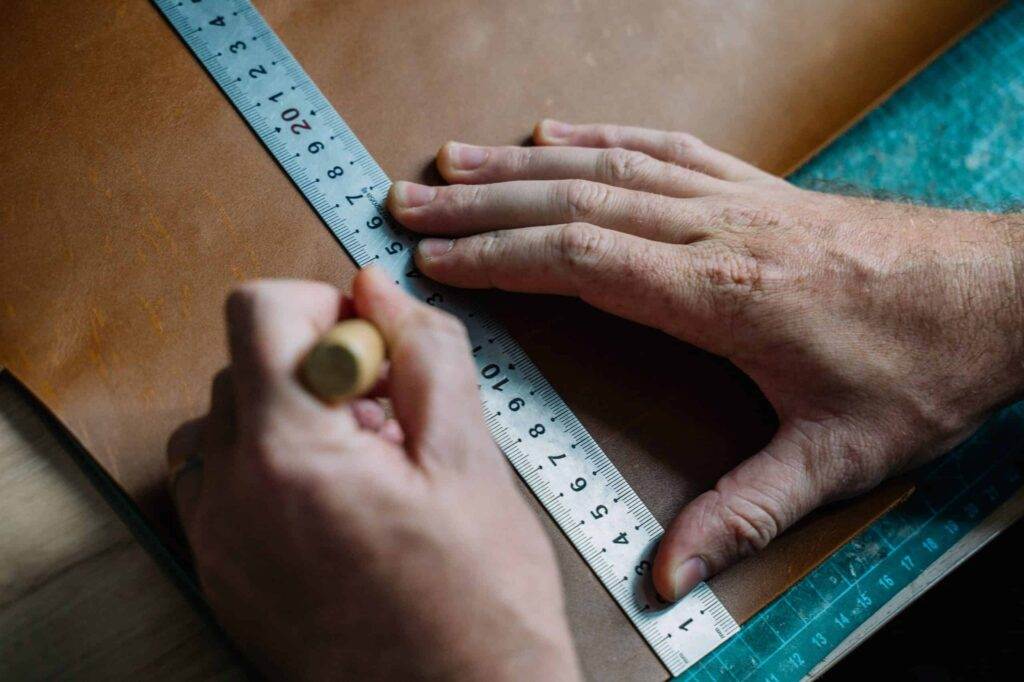
When it comes to measuring leather for cutting, several techniques can help ensure precision. One effective method is to lay out the leather on a flat surface and use a ruler to measure the desired dimensions. It is crucial to take multiple measurements to confirm accuracy before making any cuts.
This practice minimizes the risk of errors that could arise from relying on a single measurement. Another technique involves creating templates or patterns from paper or cardboard. By cutting out shapes that represent the final design, you can trace these templates onto the leather, ensuring that each piece is cut consistently.
This method is particularly useful for projects that require multiple identical pieces, as it allows for uniformity across all components. Additionally, using templates can help visualize how different pieces will fit together before making any irreversible cuts.
Tips for Marking Leather for Stitching and Tooling
Marking leather for stitching and tooling requires careful consideration to ensure that designs are executed flawlessly. One effective tip is to use a light touch when marking; heavy pressure can damage the leather or create unwanted indentations. Instead, opt for a gentle hand when using marking tools to create lines that are visible yet unobtrusive.
Another important aspect of marking is to plan your stitching lines carefully. Consider using a stitching wheel or pricking iron to create evenly spaced holes along the stitching line. This not only aids in achieving consistent stitch placement but also enhances the overall appearance of the finished product.
Additionally, marking stitching lines slightly away from the edge of the leather can help prevent fraying and ensure that stitches are secure.
Advanced Measuring and Marking Techniques for Complex Leather Projects
For more intricate leather projects, advanced measuring and marking techniques become essential. One such technique involves using a grid system on your workspace. By creating a grid with equal measurements, you can easily align your leather pieces and ensure that they are cut accurately according to your design specifications.
This method is particularly useful for larger projects where maintaining symmetry is crucial. Another advanced technique is the use of digital tools for measuring and marking. Software programs designed for pattern making can help create precise templates that can be printed directly onto paper or transferred onto leather.
This approach allows for greater flexibility in design and ensures that every piece is cut with exactitude. Additionally, utilizing laser cutting technology can further enhance precision, especially for complex shapes that would be challenging to achieve by hand.
Common Mistakes to Avoid When Measuring and Marking Leather
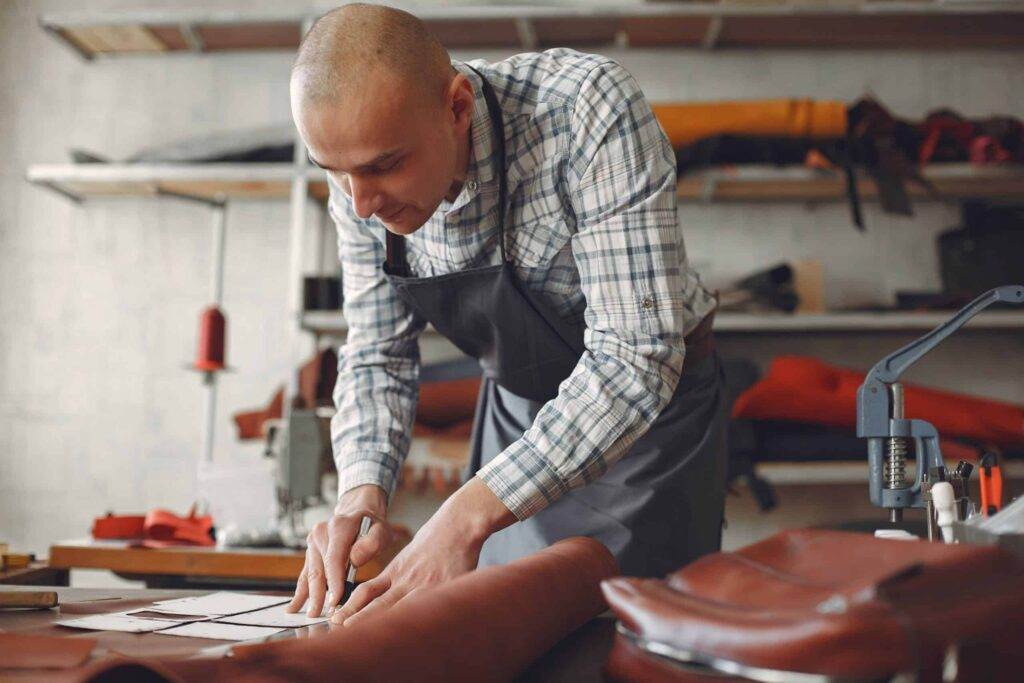
Even experienced leathercrafters can fall victim to common mistakes when measuring and marking leather. One frequent error is neglecting to account for seam allowances when cutting pieces. Failing to include these allowances can result in pieces that do not fit together properly, leading to frustration during assembly.
Always remember to add extra material for seams, especially when working with thicker leathers. Another mistake is not double-checking measurements before cutting. It’s easy to make assumptions based on previous projects or estimates, but this can lead to inaccuracies.
Taking the time to verify each measurement against your design will help prevent costly errors. Additionally, using contrasting colors for marking lines can help distinguish between cutting lines and stitching lines, reducing confusion during the crafting process.
How to Ensure Consistency in Measurements and Markings for Multiple Leather Pieces
When working on projects that require multiple identical pieces, consistency in measurements and markings is paramount. One effective strategy is to create a master template that serves as a reference point for all subsequent pieces. By using this template as a guide, you can ensure that each piece is cut and marked identically, resulting in uniformity across your project.
Additionally, consider using jigs or fixtures that hold your leather in place while you measure and mark. These tools can help maintain consistent positioning, reducing variability between pieces. For example, if you are cutting straps of equal length, a jig can ensure that each strap is measured from the same starting point, leading to consistent results every time.
Incorporating Measuring and Marking Techniques into Leathercraft Design and Pattern Making
Incorporating effective measuring and marking techniques into your design process can significantly enhance your leathercraft projects. Start by sketching your designs on paper, paying close attention to dimensions and proportions. Once you have a clear vision of your project, translate these sketches into patterns using accurate measurements.
As you develop your patterns, consider how different measuring techniques can influence your design choices. For instance, if you plan to incorporate intricate tooling or stitching patterns, ensure that your measurements allow enough space for these details without compromising the overall structure of the piece. By integrating measuring and marking techniques into your design process from the outset, you set yourself up for success in executing your vision with precision and artistry.
In conclusion, mastering the art of measuring and marking in leathercraft is essential for achieving high-quality results in any project. By understanding the importance of accurate measurements, utilizing essential tools effectively, and applying various techniques tailored to specific needs, crafters can elevate their work significantly. Avoiding common pitfalls and ensuring consistency across multiple pieces further enhances craftsmanship quality.
Ultimately, incorporating these practices into design and pattern making not only streamlines the crafting process but also enriches the overall creative experience in leathercraft.
FAQs
What are some essential measuring and marking tools for leathercraft?
Some essential measuring and marking tools for leathercraft include a ruler, a wing divider, a compass, a scratch awl, and a leather marking pen or pencil.
How do you measure and mark leather for cutting?
To measure and mark leather for cutting, use a ruler or wing divider to measure the desired dimensions and mark the leather with a scratch awl or leather marking pen or pencil. Use a compass to mark curves or circles.
What are some tips for accurate measuring and marking in leathercraft?
Some tips for accurate measuring and marking in leathercraft include using sharp and precise tools, double-checking measurements before cutting, and using a light touch when marking the leather to avoid damaging the surface.
How do you transfer patterns onto leather for tooling or carving?
To transfer patterns onto leather for tooling or carving, use tracing paper or a stylus to transfer the design onto the leather surface. Secure the pattern in place and carefully trace over the lines to create a guide for tooling or carving.
What are some common mistakes to avoid when measuring and marking leather?
Some common mistakes to avoid when measuring and marking leather include using dull or inaccurate tools, rushing the process and making careless measurements, and not double-checking measurements before cutting. It’s also important to avoid pressing too hard when marking the leather to prevent permanent damage.


